The Food Storage Container Market is currently characterized by a dynamic competitive landscape, driven by increasing consumer demand for convenience, sustainability, and innovative storage solutions. Key players such as Rubbermaid (US), Tupperware (US), and Lock & Lock (KR) are strategically positioning themselves through a combination of product innovation and regional expansion. For instance, Rubbermaid (US) has focused on enhancing its product line with eco-friendly materials, while Tupperware (US) has been actively engaging in direct-to-consumer sales strategies to strengthen its market presence. Lock & Lock (KR) has also been expanding its footprint in emerging markets, indicating a collective shift towards capturing a broader consumer base and adapting to regional preferences.
In terms of business tactics, companies are increasingly localizing manufacturing to reduce lead times and optimize supply chains. The market structure appears moderately fragmented, with several players vying for market share, yet the influence of major brands remains substantial. This competitive environment is shaped by the strategic actions of these key players, who are leveraging their strengths to navigate challenges and capitalize on growth opportunities.
In August 2025, Tupperware (US) announced a partnership with a leading e-commerce platform to enhance its online sales capabilities. This move is significant as it aligns with the growing trend of digital transformation in retail, allowing Tupperware to reach a wider audience and adapt to changing consumer shopping behaviors. The partnership is likely to bolster Tupperware's market position by providing a seamless shopping experience for consumers.
In September 2025, Rubbermaid (US) launched a new line of biodegradable food storage containers, reflecting a commitment to sustainability. This initiative not only addresses consumer concerns regarding environmental impact but also positions Rubbermaid as a leader in eco-friendly solutions within the market. The introduction of biodegradable options may attract environmentally conscious consumers, thereby enhancing brand loyalty and market share.
In October 2025, Lock & Lock (KR) unveiled a series of smart food storage containers equipped with IoT technology. This innovation is indicative of the growing trend towards integrating technology into everyday products, allowing consumers to monitor food freshness and storage conditions via a mobile app. Such advancements could redefine consumer expectations and set new standards for functionality in the food storage sector.
As of October 2025, the Food Storage Container Market is witnessing trends that emphasize digitalization, sustainability, and technological integration. Strategic alliances are increasingly shaping the competitive landscape, enabling companies to leverage shared resources and expertise. Looking ahead, competitive differentiation is likely to evolve from traditional price-based competition to a focus on innovation, technological advancements, and supply chain reliability, as companies strive to meet the changing demands of consumers.
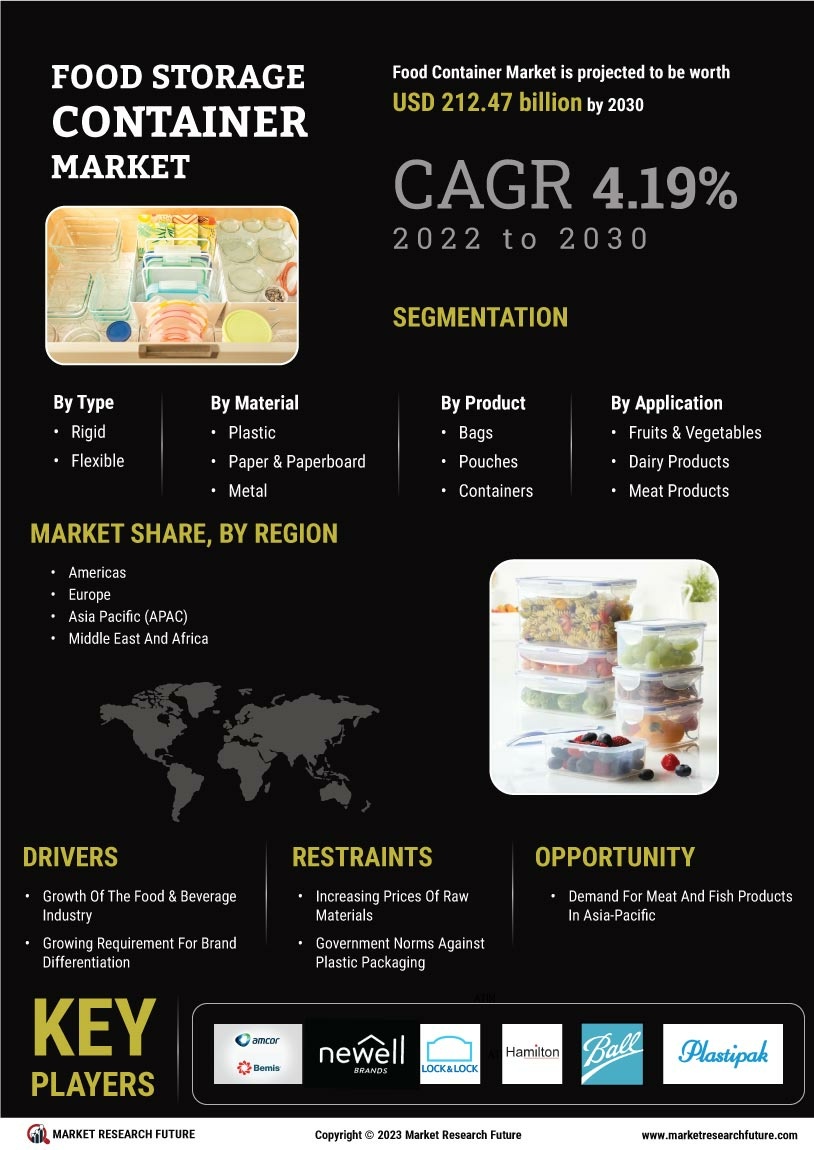

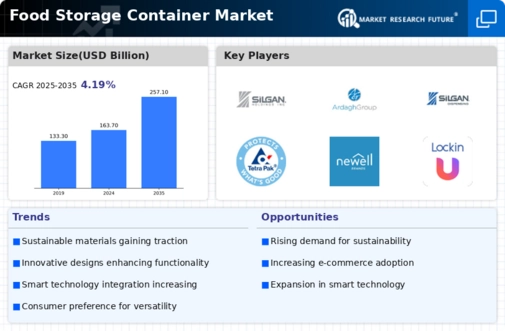
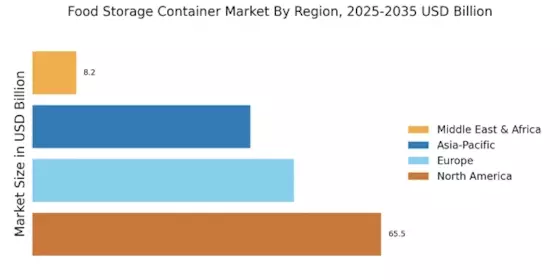


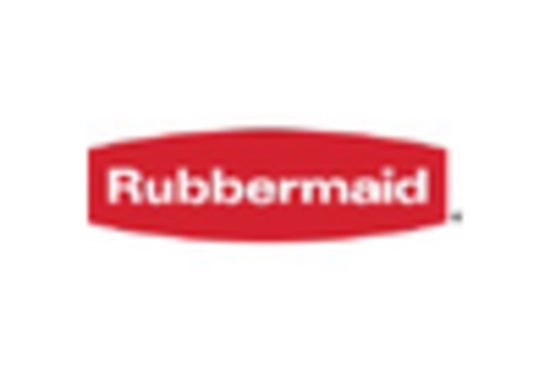

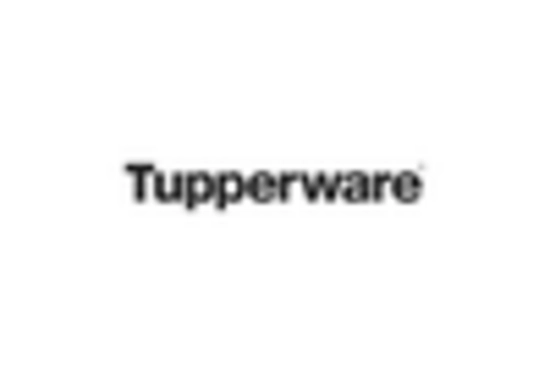









Leave a Comment